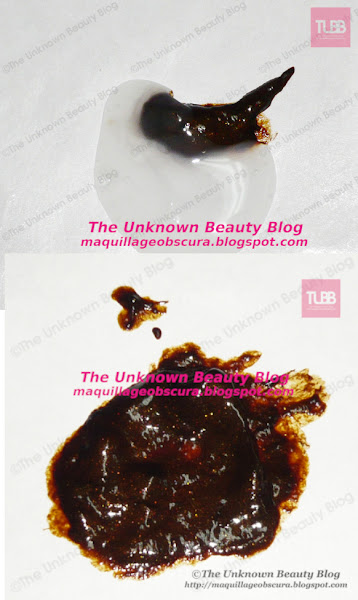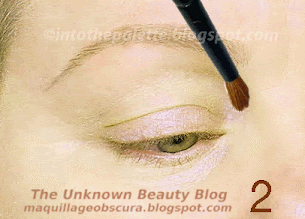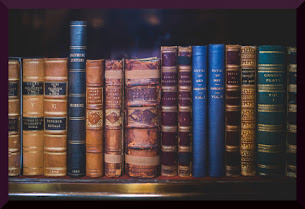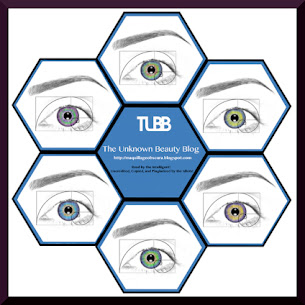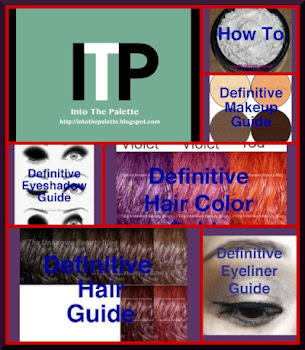Many of you have been reading my Definitive Haircolor Guide and I am quite thrilled by that! I also know there are many more questions about the various colors available today, especially the non-natural colors. Some are just semi-permanent jars of fun, others are important color additives. In this post, I hope to shed light on some of these products.
I touched on the subject of the different types of haircolor and developers in a previous post. In this post I will explain everything a bit more in depth.
Semi Permanent Hair Color
The picture you see in the intro consists of all semi permanent colors. They can range anywhere from the vibrant, the clear, and the natural hair colors.
None of these have any chemicals (ammonia or peroxide) to allow them to penetrate into the hair shaft. Therefore, they only sit or coat the cuticle or depending on how much your cuticle has been opened from previous chemical obsessions (permanent haircolor, bleach, perm); the color may penetrate deeper but never ever become totally permanent. The color will just fade. If you are wondering what the clear is for, it is to either dilute other colors or just to give shine to your hair.
For application, some suggest applying onto towel-dried hair. I suggest completely clean and DRY hair. Water takes up space and for maximum color coating, it is better only to allow the color to just soak onto the hair shaft as much as possible. The intensity of these colors depends on your natural hair color. Lighter hair always will show the most vibrancy of the colors where as darker tones will mask them. These colors cannot be mixed with developer (peroxide).
The Developers, Demi-Permanent and Permanent Hair Color
There are basically two types of developer, one for demi-permanent and the other for permanent. Some say demi-permanent is unnecessary since 10 volume would work. In a sense that is true because demi-permanent developer has a low volume of peroxide. But to be on the safe side, manufacturers sometimes create their own concoction of demi color which works out better with the actual demi developer.
What makes demi hair color different from permanent? Demi lacks ammonia. This is important to know because hydrogen peroxide (H2O2) contains oxygen. If these oxygen bubbles do not find an ammonia bubble partner, then they will just sit out the bubble dance and watch the dye molecules develop with the hydrogen. What does this mean? It won't lighten the hair, only will allow the dye to float along the hair shaft.
What will make the demi hair color become permanent is the porosity of the hair. The dye molecules will insist on taking over the empty spots in your hair strand. This happens after one has bleached their hair. (Bleaching removes pigment which leaves space.) Since demi does not have any ammonia, it is gentler on bleached hair. This is why many colorists use demi to color correct.
Permanent hair color contains ammonia (NH3). Yes, finally the oxygen bubbles can do the bubble dance! The bubbles dance their way into the cuticle of the hair and into the hair shaft, allowing the dye molecules to enter and lift the color shade of the hair strand!
For those brands that boast no ammonia but have lifting action, they do contain an ammonia substitute. Lifting the color of the hair never can be done without ammonia or its substitute.
The Color Additives
Every line of hair color will have their own color additives or mixers. The colors will vary from line to line with primary colors to secondary colors. These are needed when the regular hair color needs a boost. This may go in the direction of enhancing or neutralizing. Whichever the direction, color theory is important to know.
Sometimes, you may find a line that will sell a tube in CLEAR. This is for diluting color, nothing spectacular.
The two colors I show above are from Clairol. One is blue, the other is more of a red orange or warm. These do not have any ammonia, therefore, are considered in the demi classification. However, these can be added to demi and permanent haircolors.
Here is the blue. Notice the original color which is a cream color. When regular air mixes, it oxidizes. I will explain this later. You see it has a light blue tinge.
Here it is with 20 volume peroxide (H2O2).
Notice how blue the color becomes when it is completely mixed!
The red is pretty much looks the same out of the tube and when mixed.
Regular hair color is different in the red category. Here is a copper red.
You can see how much it changes as it develops with time when mixed with developer. The intensity of the red is less than the actual color additive. If you wanted this to be more red, you would add up to 1 oz of it to this color. In other words:
- 1 oz red additive + 1 oz haircolor + 2 oz developer = haircolor mixure
The amount added for any color additive really depends on the end result. So, really to say a set amount is tough because it really comes from experimentation and experience.
Can you use these colors as is? Yes, I have. I have used them straight with 2 oz developer. If the intensity is what you want, you can use these on their own. Nothing dangerous will happen like your head exploding!
Oxidation
I mentioned how the blue color oxidized when it came out of the tube. This weakens the dye. If you ever buy a bottle of hair dye and only use half of it, you probably will have a tendency to just cap it and save it. You really can't do that unless you will use it within 24 hours. The dye will oxidize in the bottle because half of the bottle is filled with air. Mixing oxidized hair color may result in a dark hair color or some weird color. I really can't say because I throw out those bottles.
This is the reason why tubes of color are better. Just make sure as you use the product to flatten and roll the used end up to eliminate the air. Do cap it tightly too! If you find the color a bit oxidized, just squeeze it until the color is the usual non-oxidized color.
I hope I have covered the topic of hair color thoroughly. I hope many of you understand hair color and your hair better. If there is something that I missed or is incorrect, please let me know.
Olivia










